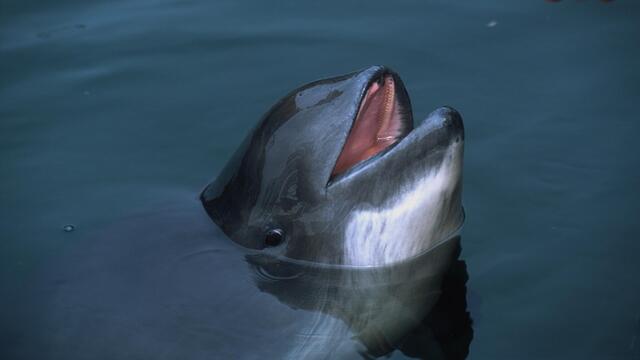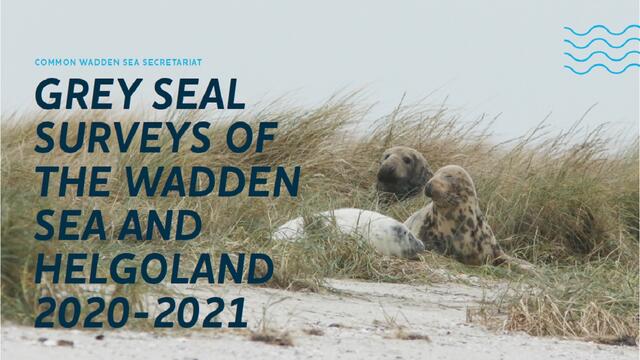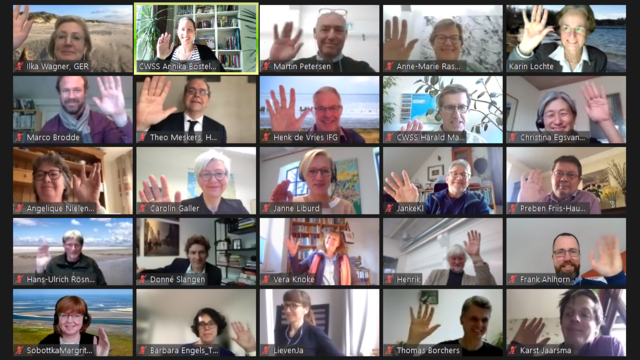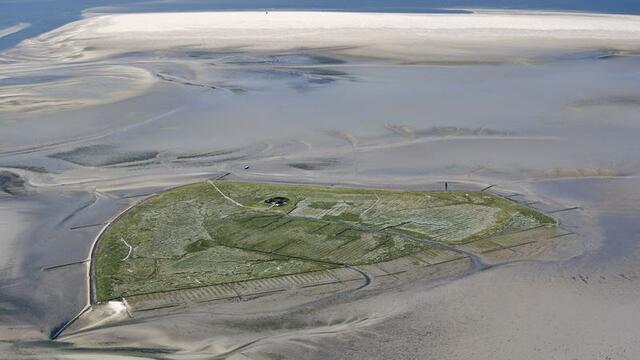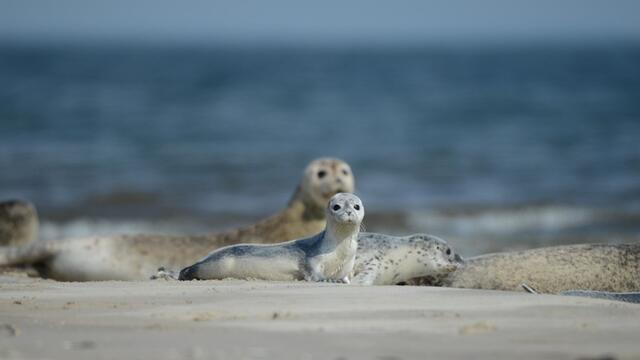
Harbour seal population size in the Wadden Sea plateaus close to the level it was in 1900
Thirty years after the implementation of the Wadden Sea Seal Agreement, the population of harbour seals in the Wadden Sea, has increased five-fold and is assumed to have reached the same level as estimated in 1900.
Read more



